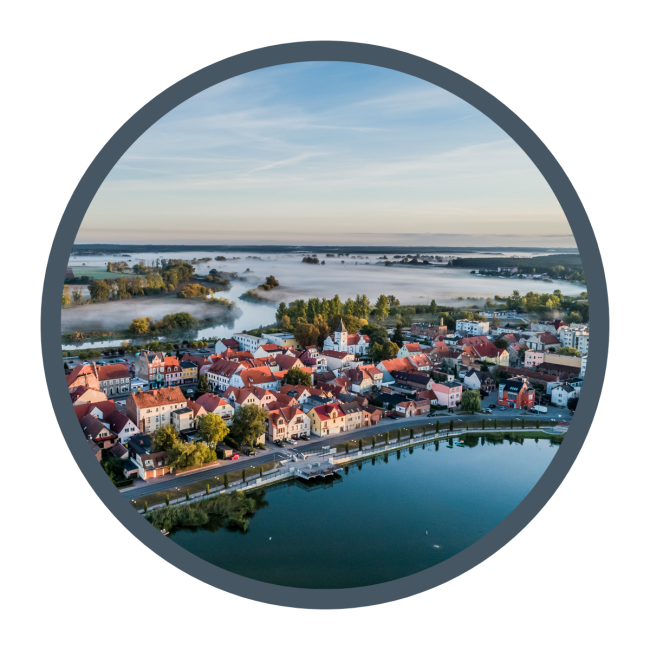
Photo by Grzegorz Paluch
The Regional DMO clusters local governments, organisations, hotels, tour operators, universities and other partners. Its main focuses are supporting tourism development and promoting the region as an attractive tourist destination. The Regional DMO is a key partner in developing the region’s core cultural tourism product: the Piast Route.
What is Be.CULTOUR for you?
For Wielkopolska Region, being part of the Be.CULTOUR Community means building a network of knowledge, sharing ideas, and seeking inspiration from Europewide to boost tourism locally.
What is the greatest challenge that you are facing in tourism?
Wielkopolska region is the birthplace of Polish statehood, filled with monuments from the early middle ages and places crucial for Polish history – connected with The Piast Route, the oldest culture tourism trail in Poland. Yet, despite its significance, the trail is often perceived as suitable mostly for school trips. The key is to redefine it, bring new means of communication and storytelling and implement innovative strategies to build the tourist offer. Finally, it is essential to promote networking and cooperation between different entities in order to create a complex and complementary tourist product.
What is the main strategy/solution you are working towards or achieved in circular cultural tourism?
The biggest challenge is to encourage the tourist facilities located on the Piast Route to network, cooperate and willingness to identify more closely with the brand of the trail. The aim is to increase brand recognition of the trail in Poland and abroad.
Since 2016 the Piast Route has been managed by the Piast Route Tourism Cluster, established by a group of local governments, with the partnership of the Greater Poland Tourism Organisation. Together we implement the vision of a coherent tourist product, shape promotion and brand management. There is an ongoing project to develop a common communication strategy, however, there is no master plan for the route yet. The main objective is to make the Piast Route the best recognised cultural tourism trail in Poland, establish direct links between the heritage and local economy and make that heritage comprehensible for European tourists.
Who are the main local stakeholders involved and what are your strategies to involve them?
Most of the local stakeholders are local governments (towns and communes) and cultural institutions, like museums, run by them. Commercial partners are a minority now, which is one of the main challenges to overcome. The Piast Route has tremendous commercial potential, as it attracts numerous visitors each year. What we hope to achieve by taking part in the Be.Cultour project is to learn ideas and models of successful cooperation with hotels, restaurants and local touroperators.
Learn more about this mirror ecosystem here.
